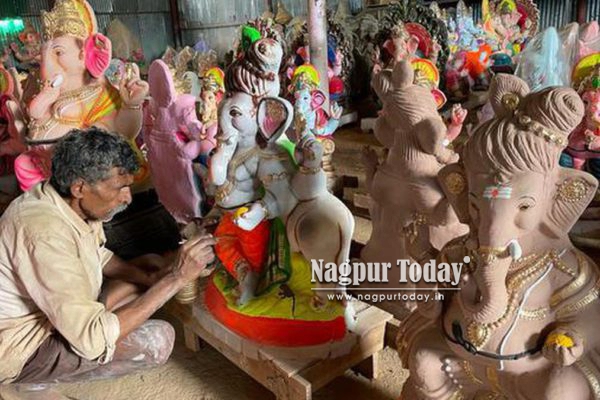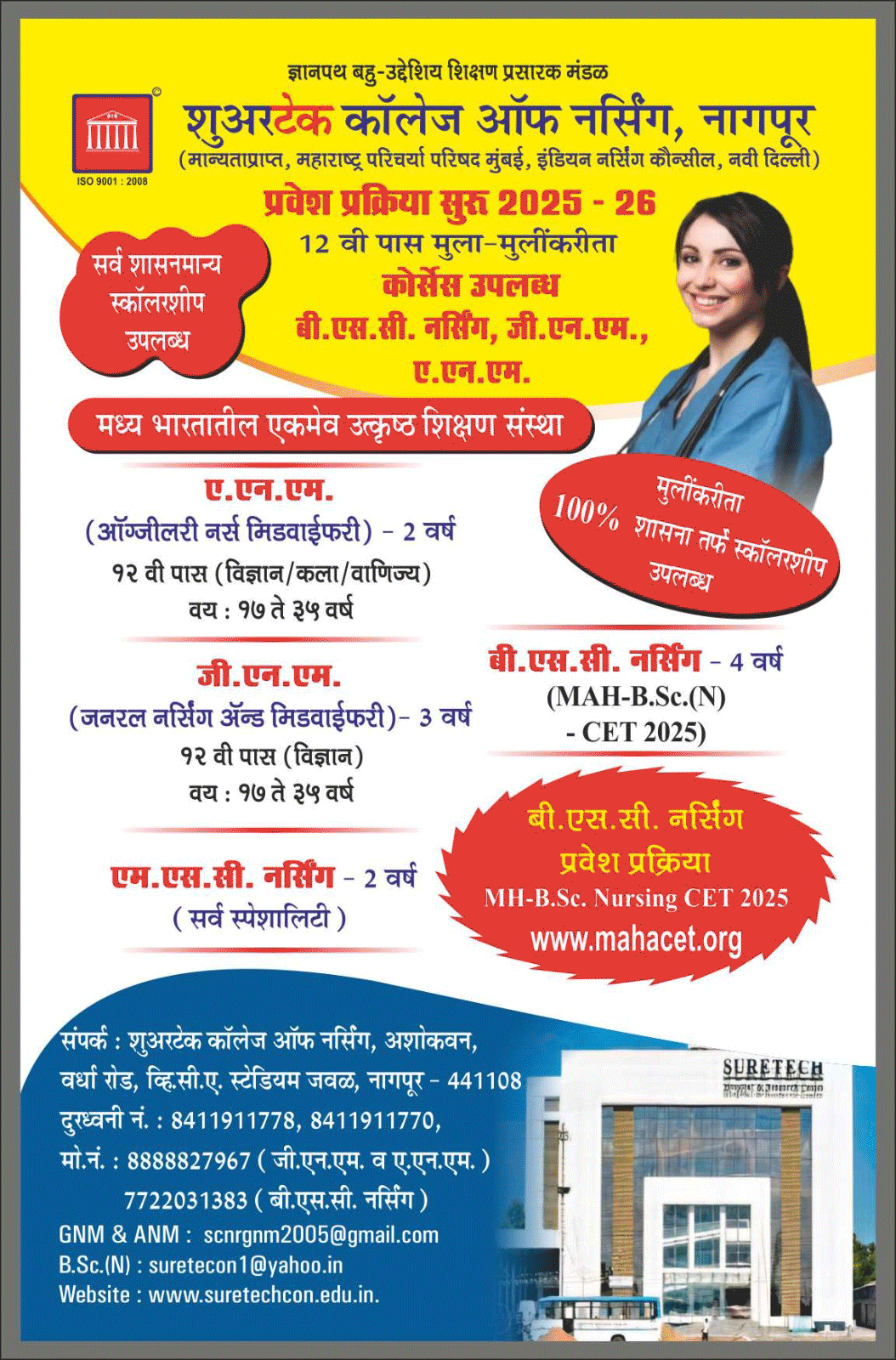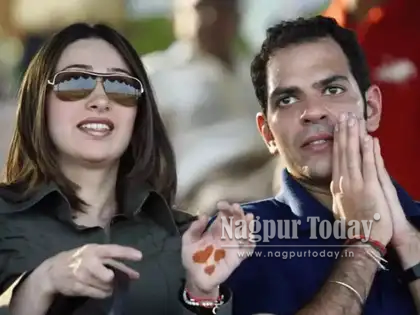
Nagpur: The rhythmic tapping of clay tools, the fragrance of wet earth, and the soft chants of Ganpati Bappa Morya — these are the sounds and scents now wafting through the narrow lanes of Chitar Oli, Nagpur’s traditional idol-making hub. With Ganesh Chaturthi set to begin on August 27, hundreds of artisans have quietly begun their months-long labour of love: Shaping Lord Ganesh in clay and colour.
The preparation for the 10-day festival is no less than a spiritual ritual for the city’s idol makers. Despite scorching heat with temperatures soaring past 42°C, and the rising cost of raw materials, work continues relentlessly. The idols may look divine when adorned and worshipped in public pandals and homes — but behind them lies long hours, sunburnt skin, and unwavering devotion.
In Chitar Oli and nearby areas like Lalganj, Kalamna, Kumbharpura, Jagnade Square, and Budhwari Road, over 500 idol makers — many of whom come from families that have practiced this craft for generations — are now immersed in their creative pursuits. The narrow, shaded bylanes have transformed into open-air studios, where Ganesh takes form in various sizes, poses, and themes.
At present, artisans are focusing on idols ranging from 2 to 4 feet, which are in high demand from both domestic buyers and smaller public mandals. “By next month, we’ll start making larger idols — some as tall as 12 feet,” says a second-generation sculptor in Chitar Oli. “The larger idols require more time, planning, and protection from monsoon showers, so we set up huge tents or work inside sheds once the rains arrive.”
What started as a local art form has now gained popularity across Vidarbha and beyond. According to several artisans, orders are pouring in not just from Nagpur, but also from Chhattisgarh, Madhya Pradesh, and rural pockets of Maharashtra. The eco-conscious are especially seeking out clay idols, traditionally made from the locally sourced Shadu mitti.
However, this surge in demand brings its own set of challenges.
The POP dilemma and rising costs
While Plaster of Paris (POP) idols are faster to produce and cheaper, they are increasingly being criticized for their environmental impact. Still, the market for POP idols thrives — and that affects the earnings of clay idol makers. “One clay idol takes several days, sometimes weeks to make. A POP idol of the same size can be ready in two days,” explains a senior artisan from Kumbharpura. “But clay idols are sustainable. They dissolve faster in water and are safer for the environment.”
Additionally, the rising costs of materials — including clay, paint, bamboo, and labour — have pushed up prices this year. “Even though raw material costs have gone up, we can’t increase prices drastically, or we’ll lose customers,” says another artisan, who runs a small workshop in Kalamna. “Still, bookings have started and we expect the pace to pick up by mid-July.”
The intense summer heat has slowed down progress. Many artisans report fatigue, dehydration, and sunburn as they labor outdoors. “We’re trying to finish the basic framework early so we can focus on painting and detailing during the rains, when it’s cooler,” shares a young sculptor working under a plastic canopy in Budhwari.
During monsoon, many idol-makers shift operations under makeshift tents or temporary pandals, continuing work late into the night under tube lights and handheld fans. It’s a test of resilience — but one they face every year with the same reverence.
A festival fuelled by faith and art
As Ganeshotsav draws near, the idol-making neighbourhoods of Nagpur throb with life, colour, and a sense of sacred purpose. For the artisans of Chitar Oli and its surrounding localities, this isn’t just seasonal work — it’s an offering of love to the remover of obstacles, the harbinger of prosperity, and the beloved deity of millions.
With each curve of the trunk, tilt of the head, and placement of the modak, Lord Ganesh is born anew — not just in clay, but in the spirit of the city.















